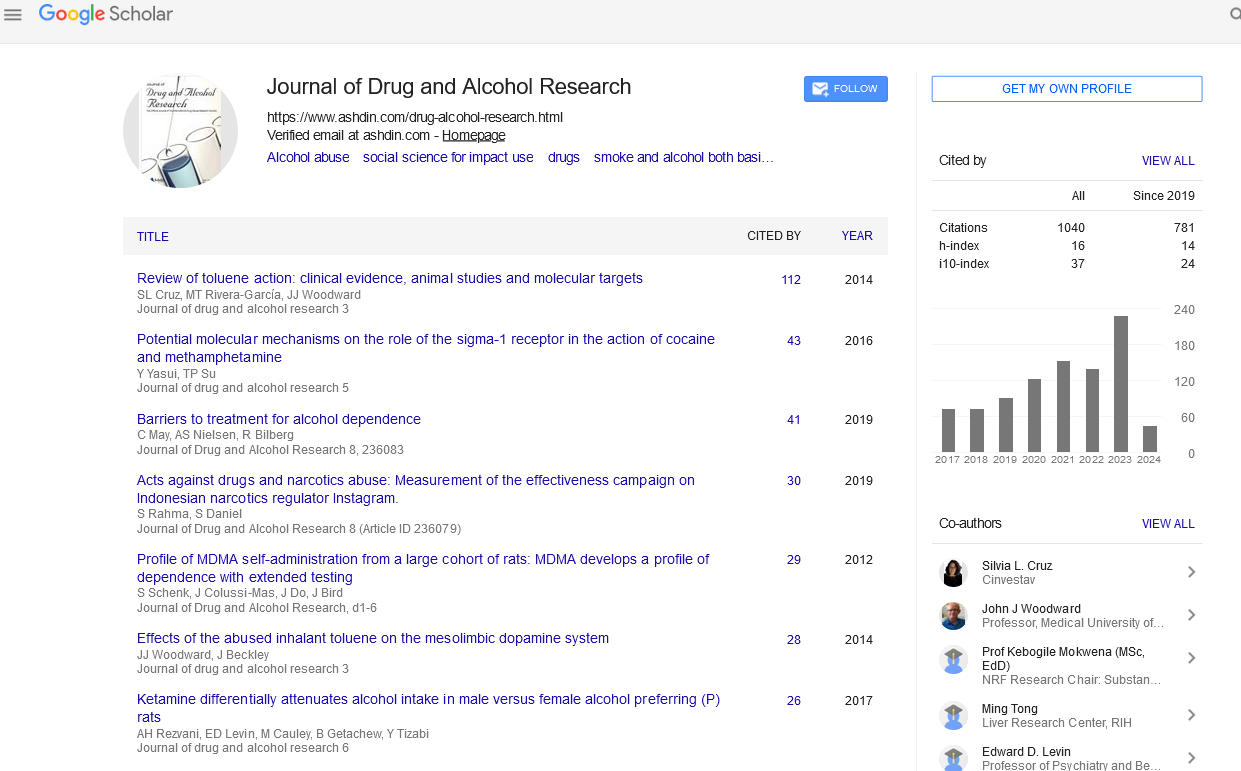Opsoclonus Myoclonus Ataxia Syndrome Associates to Mixed Meningitis Responding to Drug Therapy: Case Report, New Hypotheses and Systematic Review
Author(s): Lourdes de Fatima Ibanez Valdes and Humberto Foyaca Sibat*
Abstract
Introduction: Opsoclonus Myoclonus Ataxia Syndrome (OMAS), also called “dancing eye syndrome,” is an uncommon neurologic disorder typically presenting with both Myoclonus (Mc) and Opsoclonus (Oc) concurrently. We report a case presenting OMAS associated with mixed meningitis who recovered from the chaotic, involuntary, arrhythmic, multidirectional conjugate eye movements without intersaccadic intervals.
Methods: We perform a systematic search of the medical literature follows the guidelines suggested by PRISMA. From January 2023 to January 2025, the authors searched the scientific databases, Scopus, Embassy, Medline, PubMedCentral using the following searches: “opsoclonus” or “myoclonus” or “kinsbourne syndrome” or “Opsoclonus Myoclonus Ataxia Syndrome (OMAS)” or “cryptococcal meningitis” or “tuberculous meningitis” or “mixed meningitis” “paraneoplastic syndromes” or “pathogenesis of OMAS” or “treatment of OMAS”.
Results: After screening the full-text articles for relevance, 96 were included for final review. However, no article was selected when we searched for association/comorbidity with cryptococcal/TB meningitis.
Conclusions: As far we know this case is the first one presenting OMAS related to mixed meningitis. We delivered some hypotheses on the pathogenesis of this comorbidity based on the information reported by other investigators.


